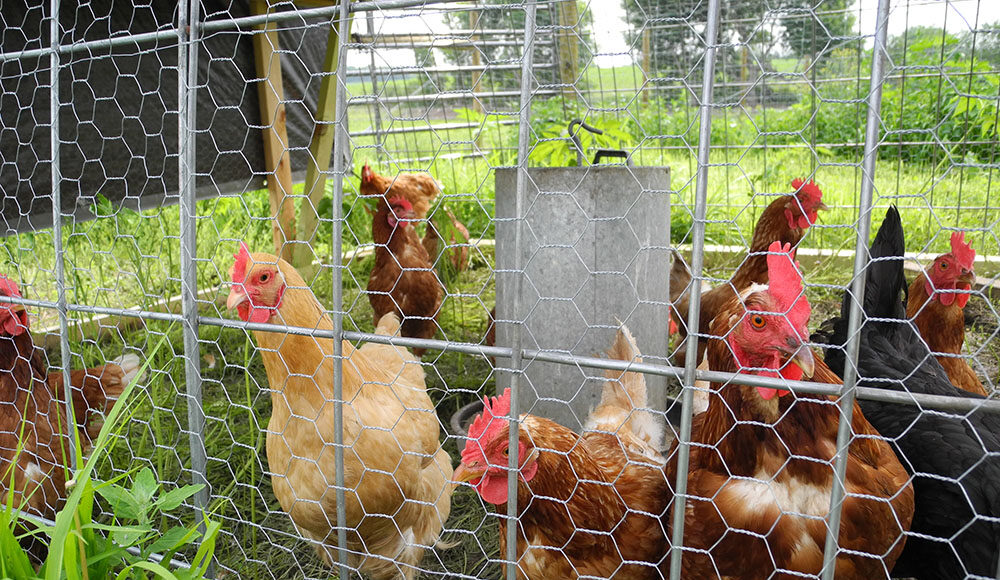Caring for hens during the molting process can be quite a task, but fear not, as this guide will help you understand how to manage hens during molting. When your hens start molting, it is a natural process where they shed old feathers to make room for new growth. This period can be stressful for both hens and their caretakers. Knowing how to support them can make all the difference.
As someone involved with raising chickens, understanding the essentials of this process is crucial. Hens rely on their feathers for warmth, and losing them can make your flock temporarily vulnerable. Here, we delve into various strategies, insights, and advice that can help keep your flock healthy and happy during this time.

Understanding the Molting Process
The molting process is an annual occurrence and can vary depending on factors such as age, season, and the overall health of your hens. Most hens will start molting after summer, with the process lasting around 8-16 weeks. During this time, hens might stop laying eggs or lay less frequently due to the energy required to produce new feathers.
Why Do Hens Molt?
Molting is a natural rejuvenation process. It provides hens with fresh, more efficient feathers, helping them remain warm. It’s similar to a snake shedding its skin. With new feathers, hens can better regulate their body temperatures and protect themselves from harsh weather.
Signs Your Hen is Molting
Recognizing the signs is the first step in managing molting hens effectively. Look for a dull or patchy appearance, feather loss starting from the head or neck, and a decrease in egg production.
Adjusting Nutrition During Molting
One of the most crucial aspects of managing molting hens is adjusting their diet. Since feather production requires proteins and energy, consider increasing protein levels in their diet. Foods such as mealworms, cooked eggs, and commercial feeds designed for winter care are superb options.
Essential Nutrients
Ensure hens have access to high-quality protein. Feathers consist of about 85% protein, hence your flock’s feed should comprise at least 18-20% protein. Additionally, incorporating omega fatty acids can improve feather quality and support overall health.
Providing Warmth and Comfort
As hens lose feathers, they’ll need extra warmth. Ensure their coop is draft-free and insulated properly. Consider adding straw or extra bedding for insulation, especially if temperatures plummet.
Effective Coop Management
Maintaining a cozy environment by minimizing draft is crucial. Ensure your best coop designs include proper ventilation. Additionally, to help them relax, reduce stress by minimizing disturbances.
Maintaining Hygiene and Health
Good hygiene is key to keeping your molting hens healthy. Regularly clean their living spaces and offer frequent dust baths to keep pests at bay.
Pest Control
Molting can make hens more susceptible to mites and lice. Ensure regular check-ups and use appropriate treatments if needed. Learn about pest control measures from authoritative resources.
Encouraging Positive Behavioural Changes
During molting, hens can become irritable or aggressive. Offering distractions, like new toys or scratch grains, can keep them busy and reduce negative behaviors.
Taking Care of Your Hen Flock Holistically
Remember, each individual from your flock might have different needs. Regularly observe each hen, ensuring they are active and engaging with their environment.
Noise Management
Molting hens might be more sensitive to noises. Try keeping their environment as calm as possible to help them through the process.
What’s Next After Molting?
Once the molt finishes, egg production should resume, typically with better quality and enlarged egg sizes. Hen feathers will look shinier, and they will be more active.
Return to Egg Production
You may notice higher egg quality due to the stages of egg formation that require renewed protein sources. Ensure you adapt their diet back to a balanced production mix.
Common Molting Challenges
Molting can lead to certain challenges that require your attention, such as decreasing daylight affecting production. Understand effects of daylight to make necessary adjustments.
Handling Stress and Anxiety
Your attentive management can help manage and reduce anxiety. Creating an environment with predictable routines can alleviate some stress during molting.
Preparing for the Next Molt
Once you’ve managed one molting season, the next should become significantly easier. Keep notes or a calendar to track patterns and experiences, which will be helpful in predicting future molts.
Seasonal Care Tips
Lastly, remember that seasonal changes affect molting. Adapt methods based on prior events and weather conditions to maintain comfort.

FAQs
- What is molting? Molting is the natural shedding and regrowth of feathers in birds, typically occurring annually in hens.
- How long does molting take? Molt duration varies but generally spans 8 to 16 weeks.
- Will molting affect egg production? Yes, hens may stop laying eggs or produce fewer eggs during molting due to energy being directed to feather regeneration.
This article contains affiliate links. We may earn a commission at no extra cost to you.










